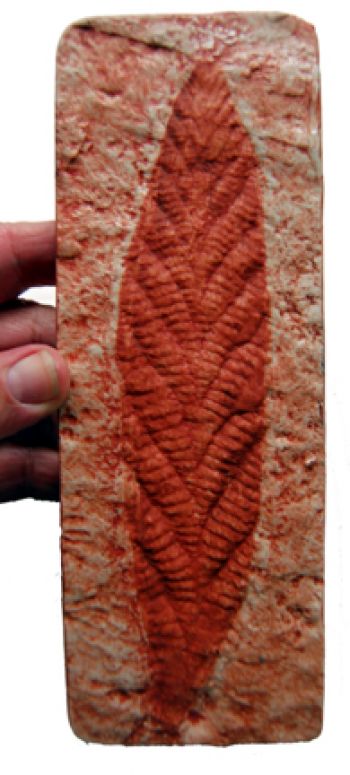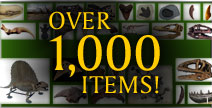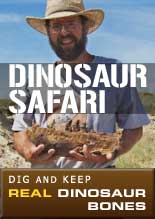
Charnia is the genus name given to a frond-like Precambrian lifeform with segmented ridges branching alternately to the right and left from a zig-zag medial suture. The genus Charnia was named after Charnwood Forest, where the first specimen was found. There are two species, Charnia masoni and Charnia wardi.
Charnia masoni was discovered by Roger Mason, a schoolboy who would later become a professor of metamorphic petrology, in 1957 in what is now a protected fossil site in Central England. The holotype of this species now resides, along with its sister taxon Charniodiscus, in the Leicester City Museum.
Charnia wardi, later discovered in 1978 in southeast Newfoundland, was first described in 2003. This is the longest known Ediacaran age fossil reaching in some instances over 2m. The holotype is a fragmentary specimen with a Charnia masoni like structure. It was defined as a new species based on long and narrow shape.
Charnia is a highly significant fossil for several reasons. Firstly, it is the first fossil that was ever described that came from undoubted Precambrian rocks. Until this point the Precambrian was thought to be completely devoid of fossils and consequently possibly of life. Despite similar fossils being unearthed in the 1930's (in Namibia) and the 1940's (in Australia), these forms were assumed to be of Cambrian age and so were considered unremarkable at the time. Secondly, Charnia has become an enduring image of Precambrian animals. Originally interpreted as an alga, it was spectacularly recast as a sea pen (a sister group to the modern soft corals) from 1966 onwards. With this image of Precambrian sea pens in mind, the gates were open for the recognition of many other of the major animal groups in the Precambrian.
Charnia is both temporaly and geographically the most widespread Ediacaran fossil. The greatest abundance of specimens, which are also the oldest reliably dated Ediacaran fossils, are found along the southeast coast of Newfoundland.
From Wikipedia.
resin
8 3/8 x 3 inches
Item 1201
Category: Replicas
Type: Skeletons
Phylum: Invertebrates
Class: Not Specified
MORE PHOTOS:


Now Over 1,000 Items!
PrehistoricStore.com offers the largest selection of replica fossils and other fossil-related products anywhere in the world!
Download a Full Catalog (3MB PDF)
OVER 260 PAGES OF REPLICAS AND MORE!
